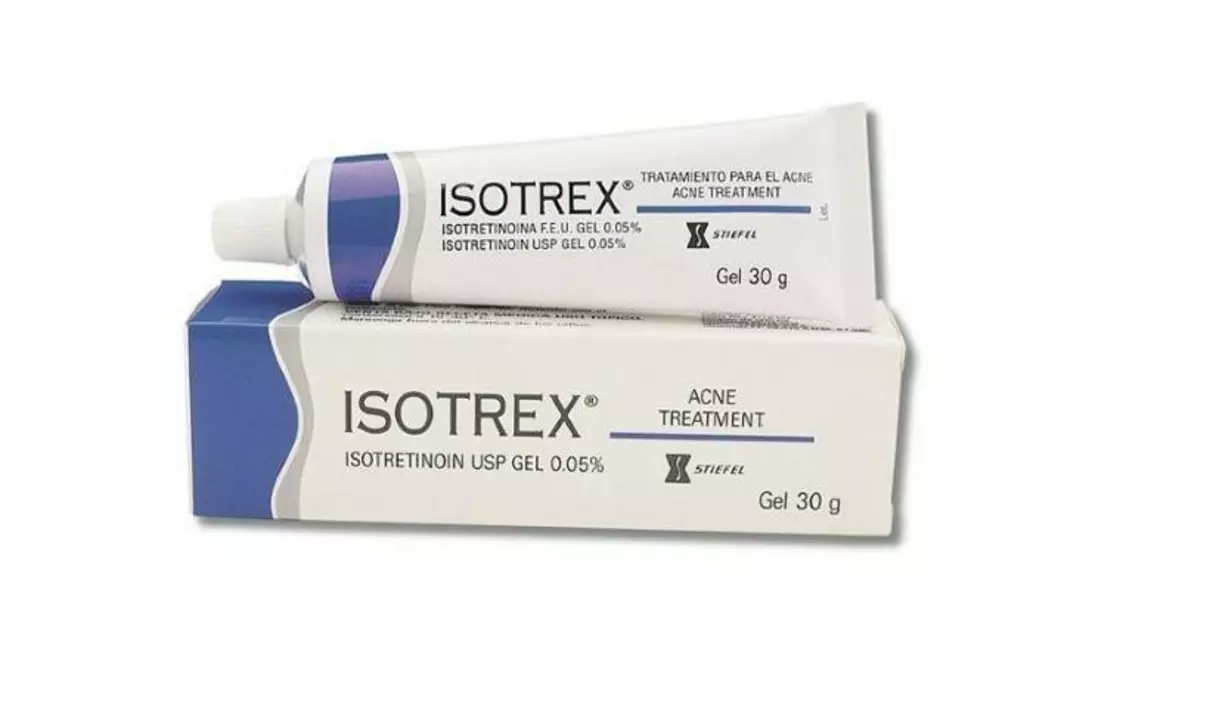Dermatologic Conditions: Practical Guide to Common Skin Problems
Got a rash, stubborn pimple, or dry patches that won't quit? Skin problems are annoying and can feel urgent. This page gives clear, no-nonsense advice to help you identify common dermatologic conditions, try safe self-care, and know when to see a clinician.
Quick ID: Common conditions and what they look like
Acne: Red bumps, whiteheads or blackheads on the face, chest, or back. Try an over-the-counter benzoyl peroxide wash (2.5–10%) or a salicylic acid cleanser to start. For persistent acne, topical adapalene 0.1% gel is now available OTC and works well for many people.
Eczema (atopic dermatitis): Itchy, dry, red patches that flare with stress, heat, or certain soaps. Regular moisturizing is the most effective baseline treatment—use a thick, fragrance-free ointment or cream after bathing.
Psoriasis: Thick, scaly, well-defined plaques that commonly appear on elbows, knees, and the scalp. Mild cases respond to topical steroids and moisturizers; see a dermatologist for widespread or painful outbreaks.
Rosacea: Facial redness, visible blood vessels, and sometimes pimples. Triggers include hot drinks, spicy food, alcohol, and sunlight. Avoid triggers and use gentle skincare; prescription treatments help when needed.
Fungal infections (ringworm, athlete's foot): Circular red rings or itchy peeling between toes. Over-the-counter clotrimazole or terbinafine creams applied twice daily for 2–4 weeks usually clear these.
Warts: Small, rough growths caused by HPV. Home treatments include salicylic acid patches; stubborn warts often need clinic removal.
Smart self-care and when to see a doctor
Daily skin-care habits matter. Use a gentle cleanser, lukewarm water, and a fragrance-free moisturizer. If you wear sunscreen, choose broad-spectrum SPF 30 or higher and reapply every two hours outdoors. Pick non-comedogenic products if you are acne-prone.
When a problem looks infected—spreading redness, warmth, pain, yellow pus—or if you have fever, see a doctor quickly. Also book a visit for lumps that grow, a sore that doesn’t heal in a month, or a changing mole (follow the ABCDE rule: Asymmetry, Border irregular, Color change, Diameter over 6 mm, Evolving).
For chronic conditions that disrupt sleep or daily life (severe eczema, widespread acne, or thick psoriasis), dermatology can offer effective prescription options: stronger topical medicines, light therapy, or systemic drugs and biologics. Don’t wait until things are out of control—early treatment often gives better results.
Practical tip: keep a photo diary of any changing spots or rashes. Photos make it easier to track progress and help your clinician decide faster. Want more detailed guides on specific treatments or OTC options? Check the related articles on eDrugstore.com for focused, practical reads.




